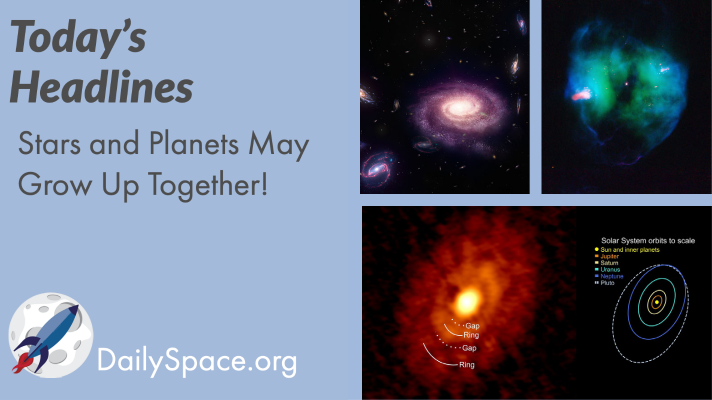
Oct 9, 2020 | Daily Space, Exoplanets, Galaxies, Observatories, Planetary Nebulae, Planets, Star Forming Region
New images taken with the ALMA Observatory show a young proto-stellar disk with the rings and gaps of planetary formation growing together, once again challenging our preconceptions. And other research into stellar formation adds heavy metals to the mix to match models to observations. Plus an old, metal-poor galaxy halo.

Oct 7, 2020 | Daily Space, Gemini North, Mars, Nebulae, Star Forming Region, Supermassive Black Holes
Research from our home Planetary Science Institute shows that the dune fields on Mars provide solid evidence for lithification and burial. Plus, Carina Nebula has been imaged with adaptive optics and looks amazing! And we take a look at the winners of this year’s Nobel Prize in Physics.
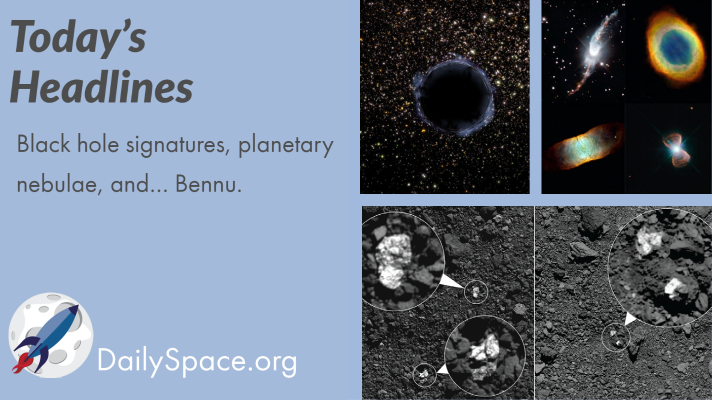
Sep 23, 2020 | Asteroids, Black Holes (Stellar), Daily Space, JAXA, OSIRIS-REx, Planetary Nebulae
Astrophysicists have finally figured out how to tell neutron stars apart from black holes by finding the signature of the event horizon. Another team discovered that planetary nebulae likely get their unique shapes due to binary systems. And we present some updates on the origin of rocks (and rocks and rocks and pebbles) on Bennu. Same with Ryugu, but we don’t hate Ryugu.
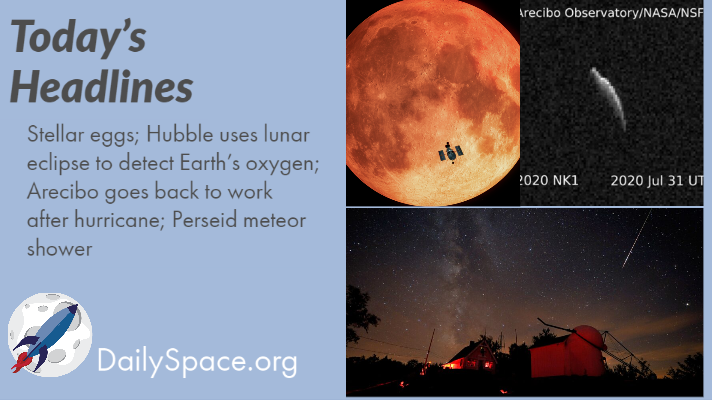
Aug 10, 2020 | Astrobiology, Daily Space, Earth, ESA, Moon, Observatories, Star Forming Region
Join us today for news about the evolution of stellar eggs. Additionally, Hubble takes advantage of a lunar eclipse to probe our atmosphere. Then we celebrate Arecibo reopening after Hurricane Isaias and doing more science. Plus it’s time for the Persieds!
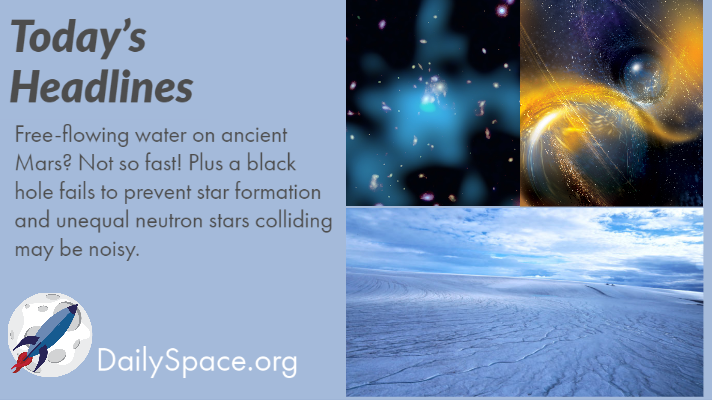
Aug 4, 2020 | Cosmology, Daily Space, Galaxies, Mars, Neutron Stars / Pulsars, Star Forming Region
Join us today as we talk about newly released research that suggests the waters on ancient Mars were subglacial and not free-flowing. Also, a black hole goes dormant and star formation goes wild. Meanwhile, computer models show that unequal neutron stars colliding may cause a big “bang” that can be detected on Earth.
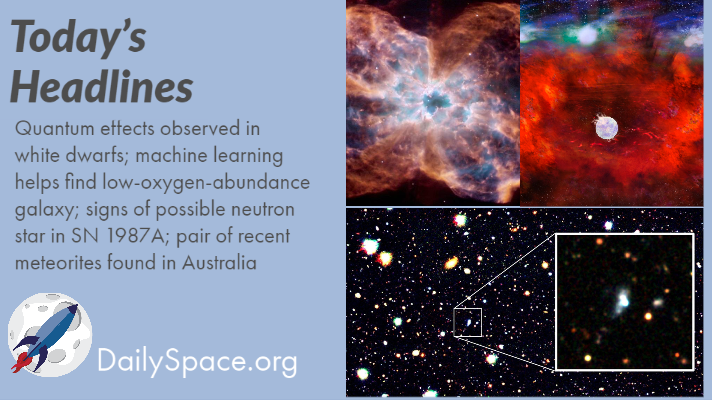
Aug 3, 2020 | Daily Space, Galaxies, Neutron Stars / Pulsars, Our Solar System, Quantum, Stars, Supernovae Remnants, White Dwarfs
Join us today as we look at how quantum mechanics and Einstein’s theory of general relativity work together in white dwarfs. Machine learning is used to find a galaxy with an extremely low abundance of oxygen. Scientists find signs of a neutron star in supernova 1987A. And researchers managed to locate two recently arrived meteorites in Australia with the help of fireball detection cameras.








 We record most shows live, on Twitch. Follow us today to get alerts when we go live.
We record most shows live, on Twitch. Follow us today to get alerts when we go live.